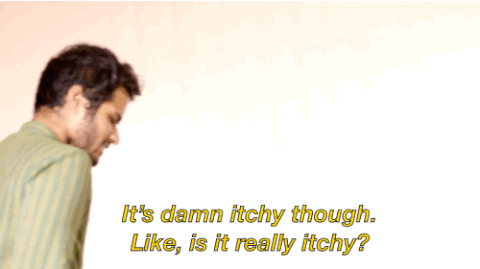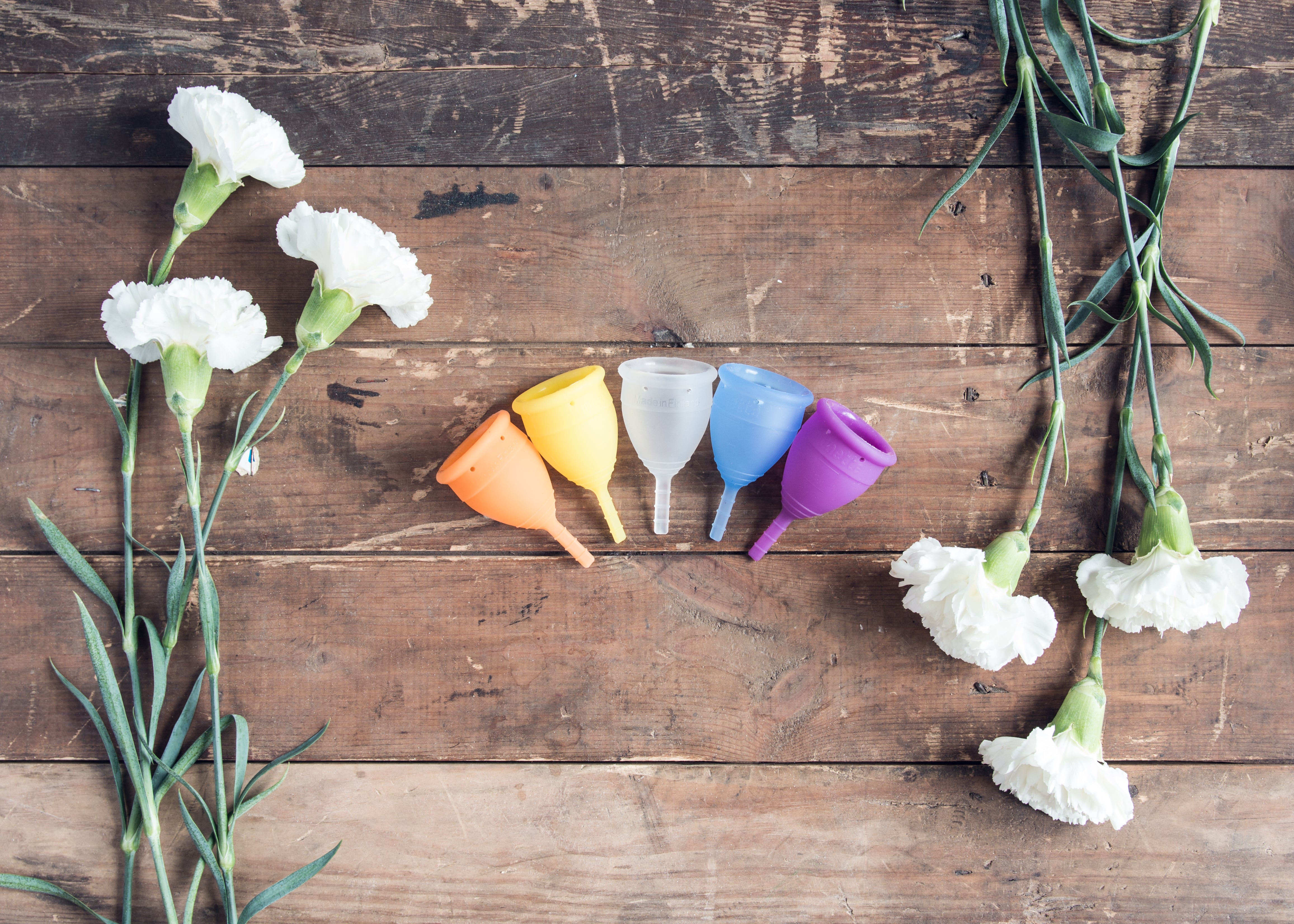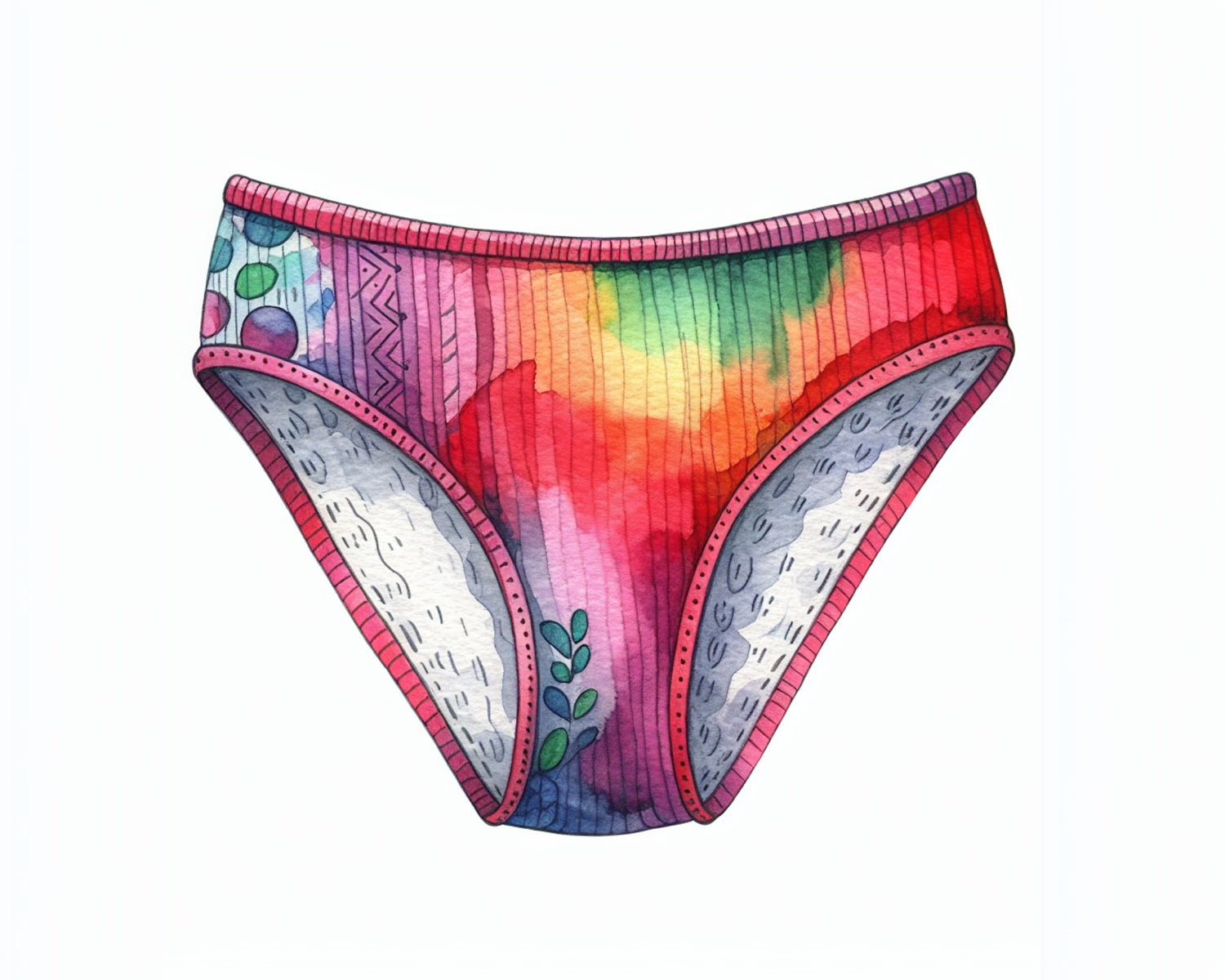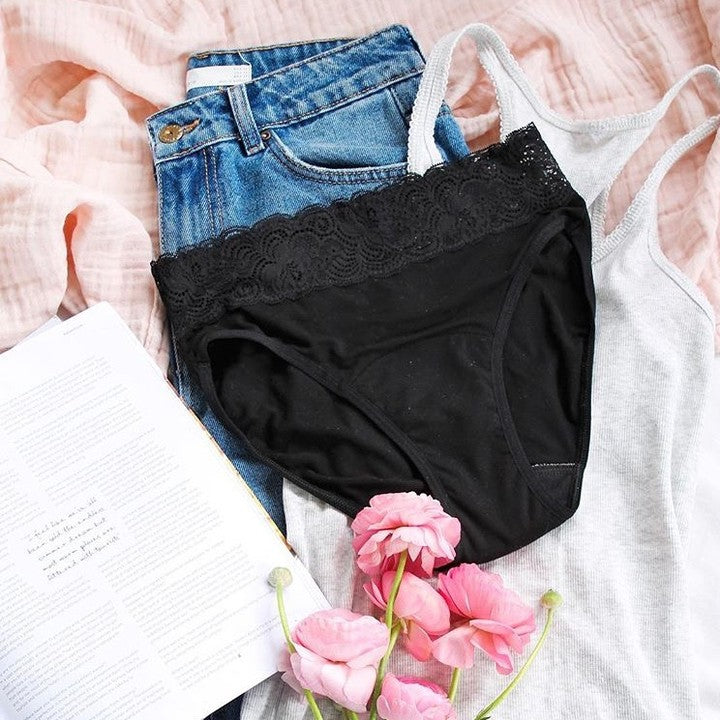If you're a teenager, or a parent of a teenager, doing research on menstrual cups, we're glad you stumbled upon this post! Vivian, a 17-year-old who has been using a menstrual cup since she was 14, shares her experience with us here.
What's a Menstrual Cup?
Alright, let’s cut to the chase: Menstrual cups. Small, flexible silicone or plastic ‘cups’ (more like tiny bell-shaped things, but I digress) designed to be folded up and inserted into a woman’s vagina to collect period blood, in place of a tampon. A safe, lazy, eco-friendly person’s alternative to tampons and pads. Also a bit harder to find, but definitely worth the trouble, and this is coming from me, a 17 year old girl so phenomenally lazy that she’ll sleep until 2 pm given half a chance and take another four hour nap later.

The menstrual cup, being flexible and small, is folded up and you sorta just put it in like a tampon and make sure it unfolds inside you, a bit like how some tampons work. It’s about the same size as a tampon when it’s folded up, and if you’re familiar with tampons, you know the drill. Wash hands, fold, put in, wash hands, done and done in a couple of minutes. You can leave it in safely to collect blood for up to twelve hours before you take it out, empty it, and give it a rinse before putting it back in, which means you don’t have to spend as much time bothering with it as say, tampons or pads, which have to be changed every few hours or so.
There’s often a short stem or some other grip at the base, to allow you to get a good hold on it when you want to remove it. I prefer to give the grip a light tug to ensure that the suction is, in fact, there, even though I’ve never actually encountered a situation where the suction has failed to form, but this is just a little habit that makes me feel safer.
Discovering Menstrual Cups
Let’s go back a little. I don’t remember where and when I heard about menstrual cups, in all honesty, but definitely before I was fourteen. Me being me, with far too much free time and Internet access on my hands, I must’ve spent weeks or months researching them, but I didn’t dare try them myself, under the (mistaken) impression that they had to be boiled to clean them properly. Being a fourteen-year-old Chinese girl in a conservative household – you can imagine how well that would go over with everyone else.
Not only that, but my mum, while willing to allow me to experiment (after I had presented a full thesis to explain that it was scientifically proven to be safe, as well as environmentally and economically friendly), was not willing to help me buy one online via using her credit card. With this being before the online retail boom, if you didn’t have a credit card, you were stuck, simple as that. Conveniently, though, my family had a trip to New York planned that year.
Why Did I Want to Use a Menstrual Cup?
You’re probably wondering just why I was so absurdly determined to get my hands on a menstrual cup. Part of it, I admit, was just my own natural stubbornness. The other part was the obvious benefits menstrual cups offered me:
- According to some accounts, menstrual cups had such high capacities that they were virtually impossible to overflow. This was a huge selling point for me, because between my active participation in sports and my size – 1.71m barefoot and 55 kg at the time, now a few kilos heavier – I bled/still bleed heavily. On my heaviest days, I could easily overflow a Super tampon within three or four hours, or soak through a night pad within four hours.

- I am a lethal combination of lazy and absentminded. I routinely sleep for twelve hours straight on weekends, not including naps, and frankly, it’s nothing short of a minor miracle that I didn’t get some kind of infection or Toxic Shock Syndrome while I was using tampons, with my habit of pushing the eight-hour limit on them, and I knew it. I found pads hot and uncomfortable, and with how heavily I bled and how much I moved around, it wasn’t a good idea anyway.
- However, no instances of Toxic Shock Syndrome have ever been documented in nearly a century of menstrual cups being in use – menstrual cups being invented in the 1920s. This is simply because menstrual cups just collect the blood, not absorb it, so there aren’t many surfaces for bacteria to grow on to begin with. Think: what gets mouldy first? A smooth cup, with nowhere for bacteria and stuff to hide, or a wet sponge, which is practically a block of HDB flats for germs? Logically, the wet sponge, and hence the tampon, would have more space for the bacteria and other stuff to grow on, while the smooth cup, the menstrual cup, won’t allow stuff to grow on it so easily.
- As an active Tae Kwon Do practitioner, pads moved about and tended to leak, so they weren’t too practical for me, especially given the amount of intensive physical training and sparring I did. With how I was the perfect size to spar against most of the boys, and how aggressive we occasionally got, I got kicked between the legs on several occasions, which is never fun to begin with, but is infinitely worse when you can feel your pad getting kicked against you.

- Understandably, for the past year, I had relied on tampons, which, while serviceable, also tended to have the string go up my backside, particularly when I was, say, doing kicks, crouching, or running. It was better than a pad, but still. No.
- The tampon string also got in the way while using the toilet. Any tampon user can probably tell you this firsthand – the vagina and urethra being located so close together, combined with the laws of physics and a string hanging from the vagina, results in some interesting times for the string. And to me, in some cases, the string being purported to wick liquid back up into the tampon and hence the vagina... I fancied getting rid of the string entirely sometimes.

- Pads big enough to handle my level of bleeding were bulky, moved around, and they meant that I got blood everywhere, which I couldn’t stand. Hair + skin folds + dried blood = WHY. Also, pads were hot and made things feel rather humid down there, which was at best uncomfortable and at worst caused skin irritations, which is not something you want for one week of the month.

- In the long run, menstrual cups were in fact cheaper than tampons and pads. Assuming the average menstrual cup costs around S$50-60 and lasted upwards of three years, and a box of tampons which lasted one period costs about S$10, the cost of tampons at least equalled, or even exceeded the cost of the cup within six months. With pads, it would take longer, but within a year at the most the cost of the cup would be lower than the cost of the pads used. In any case, it would be kinder to my wallet and allow me to spend more money on other, more interesting things. Like food.

- I wouldn’t have to worry about the possibility of someone’s toilet (or some place’s toilet) not having a rubbish bin for pads.
- It could be used for anywhere between three and ten years, making it more environmentally friendly. As a former member of the primary school environmental club, this was just the icing on the cake.
First Impressions
My first impression? Great, albeit a little oversold. Menstrual cups do not, in fact, have to be boiled, and the capacity, while easily double of a Super tampon, is not quite overflow-proof.
However, the cup was still extremely comfortable – I couldn’t even feel it – and thoroughly leak-proof, due to the mild suction it forms with the vaginal walls when inserted. I could run, crouch, kick, anything I liked, though it did help that I was using a notably ‘firm’ (i.e. less squishy) cup at the time.
It took me a couple of cycles before I finally mastered the cup, and in hindsight, there is a lot of information that I wish I’d had at the time.
Tips and Tricks
Most cup manufacturers will recommend the C-fold to you, where the cup is folded twice along its length. And for good reason – for a beginner, this is a fold virtually guaranteed to get the cup to open, which is a legitimate concern with softer cups. However, it isn’t the most comfortable fold, so once you’ve become reasonably competent with the cup, you might want to look into other methods of folding it.
If / when you trim the stem, it may be wise to find a way to smooth down the edge of the stem, for comfort, since often the stem will protrude a little. Not enough to be seen, but enough to be felt.
While you don’t have to boil it or really do anything other than wash it to keep it clean, get a separate bar of non-scented soap (eg those tiny little hotel soaps) for it and make damn sure everyone knows not to use it. Claim it’s for washing your knickers, no one’s too embarrassed by that.
Would I Recommend Menstrual Cups to Another Teen?
In conclusion, menstrual cups are cheaper, eco-friendly, more convenient, healthier, and more comfortable than tampons or pads, and honestly, I probably would’ve cut past a lot of hassle and angst if I’d started using these things a lot earlier than I did. No worrying about pads moving around, or people seeing the outline of it through your clothes, or it being too hot. No worrying about infections from leaving a tampon in too long, or having to bother about differing absorbencies, or dealing with the string. You just put it in, forget about it for twelve hours and get on with life, then you take it out, empty and wash it, and put it back in. Ideally I’d rather not deal with my period at all, but short of that, this is good as well.

I can’t really think of much more to say than that, but if anyone has any further questions, the people at The Period Co. should be happy to answer your questions!
Ready to switch to a menstrual cup? Click here to shop our collection of menstrual cups.


